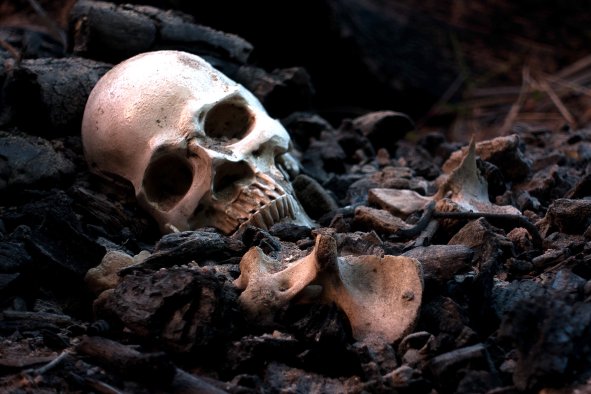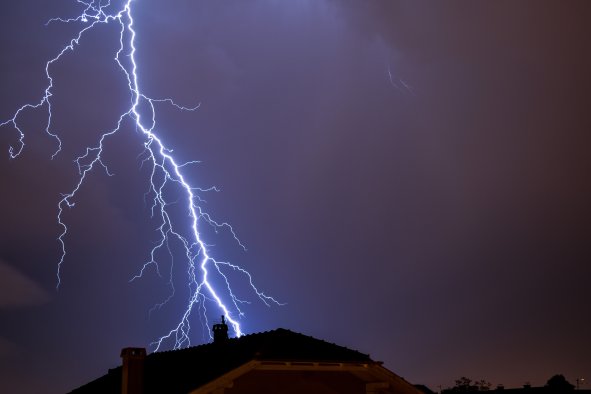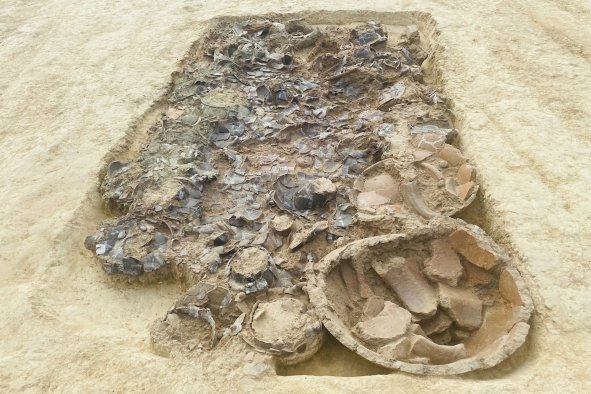In the wake of NASA slamming a spacecraft into an asteroid, scientists have revealed the secrets of the space rock and its companion, possibly giving insights into how to save Earth from an asteroid on a collision course.
The Double Asteroid Redirection Test (DART) mission, which tested how successful crashing a spaceship into an asteroid would be at changing its course, gave scientists a huge amount of data about the asteroid itself and how we might combat a planet-killer asteroid in the future.
In five new papers published in the journal Nature Communications, researchers unveil the mysteries of how the asteroid formed, how it is held together, and how we could use these traits to defend ourselves against an asteroid heading toward our planet.
"Planetary defense efforts rely on estimates of the mechanical properties of
asteroids, which are difficult to constrain accurately from Earth," the authors wrote in one paper.
The target of the DART mission was a binary asteroid system DART, consisting of a larger asteroid, Didymos, which measures about 2,560 feet across, and a smaller 530-foot moonlet Dimorphos. DART arrived at the pair in September 2022, smashing into the smaller Dimorphos. The collision of the 1,300-pound spacecraft resulted in a significant change in the orbit of Dimorphos around Didymos.
"The simulation results based on observations of the asteroid Dimorphos have shown that the asteroid now orbits around its larger companion [Didymos] 33 minutes slower than before. Its orbit has gone from 11 hours, 55 minutes to 11 hours, 22 minutes," Ian Whittaker, a senior lecturer in physics at Nottingham Trent University, wrote for The Conversation.
One of the new papers revealed that Didymos is around 12.5 million years old, while Dimorphos is only 300,000 years old. Others revealed that boulders on the surface of Dimorphos may have originally come from Didymos. These imply that Dimorphos may have formed from material flung off by Didymos.
"Crater sizefrequency analyzes indicate the surface age of Didymos is 40–130 times older than Dimorphos, with likely absolute ages of ∼ 12.5 Myr and <0.3 Myr,
respectively. Solar radiation could have increased Didymos' spin rate leading
to internal deformation and surface mass shedding, which likely created
Dimorphos," the authors of the paper wrote.
The other papers found that Dimorphos' boulders break up easily under extreme heat and appear very similar to those found on other asteroids such as Itokawa, Ryugu, and Bennu. This indicates that these asteroids all may have formed in a similar manner. They also revealed that the bearing capacity—the ability of a surface to support a weight—is "at least 3 orders of magnitude less than the bearing capacity of dry sand on Earth."
"The presence of boulder fields affected by thermal fracturing on near-Earth asteroid surfaces may contribute to an enhancement in the ejected mass and momentum from kinetic impactors when deflecting asteroids," the authors wrote.
Therefore, the discovery of how these asteroids formed and how they stick together, combined with the fact that they likely have properties very similar to those of other asteroids in our solar system, gives us huge insight into how successful smashing a mass into an asteroid would be in deflecting it from a collision course with Earth.
"In addition to providing information about the behaviour of asteroid surfaces, our findings are useful for the continued interpretation of the DART impact, for planetary defense efforts that rely on estimates of asteroid mechanical properties in order to estimate the potential damage an asteroid may cause if it were to impact the Earth, and to evaluate the effectiveness of key asteroid deflection techniques," the authors wrote.
Do you have a tip on a science story that Newsweek should be covering? Do you have a question about asteroids? Let us know via science@newsweek.com.
Disclaimer: The copyright of this article belongs to the original author. Reposting this article is solely for the purpose of information dissemination and does not constitute any investment advice. If there is any infringement, please contact us immediately. We will make corrections or deletions as necessary. Thank you.




